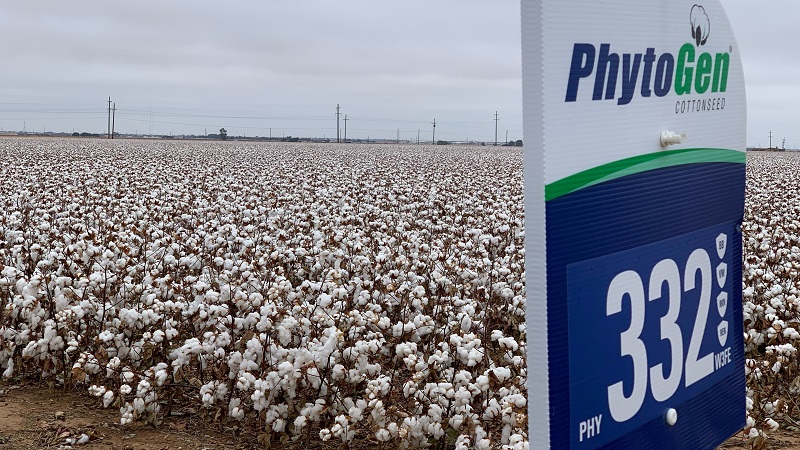Crop Scan Ag Report: Ready for a Busy Planting Season
Cotton Grower® magazine’s team of highly respected cotton consultants from across the Cotton Belt are again providing a field level look this season based on what they’re seeing and hearing in their areas. Here’s a look at how the 2022 season is shaping up for their growers.
Mark Nemec is a Texas independent agricultural consultant for cotton, wheat, grain sorghum and corn in the Blacklands and Brazos River Bottom area of Central Texas.
It looks like cotton acres in central Texas are going to be up slightly – maybe about 10%. Growers here are concerned about the availability and increased cost of chemicals that we use in this area, especially herbicides due to shortages of supplies, new regulations, and restrictions.
Another concern is the weather. This has been a very dry winter with not a lot of rain. Our soil profile is short so far with a drier-than-average forecast for the spring. Growers are doing all they can to preserve the moisture they do have. There is still some cautious optimism with the good price of cotton for now.
Tucker Miller is a Mississippi-based independent private consultant for cotton, soybeans, corn, peanuts, rice, and vegetables.
In my area, we’ve been working to finish burndown on the cotton acres. We have more cover crops planted on cotton ground this year and hope to finish soon.
We will be up on cotton acres this year. I expect around a 20% increase in my area.
Producers are excited about higher prices but are concerned about higher costs of inputs and possible shortages of herbicides and insecticides needed for our system.
I was in a budget meeting recently with a client, and our input costs are up $250 per acre over last year. With our current varieties and traits, I am cautiously optimistic we can produce a profitable crop this year.
Kerry Siders is Texas A&M AgriLife Extension Agent-IPM for Hockley, Cochran, and Lamb Counties, providing education and applied research for cotton management and production.
Most cotton producers here on the Southern High Plains of Texas are in a holding pattern until we receive some moisture. Very little field work is being done simply because any activity in this dry soil will cause it to blow. Windy days have occurred and will continue to occur for the next couple of months. There are a few irrigation systems running, and some shredding or chopping of last year’s stalks.
Along those same lines, I am seeing very little to no activity on herbicide or fertilizer applications. This tells me that unless we get a wet spell soon, most growers will put these activities off until the very last minute to reduce that window of opportunity for wind to undo much of this hard, expensive work.
Looking at planting intentions today, we will again plant most all our historical cotton ground to cotton. No doubt there will be some changes over the next few weeks as we get closer to planting. I know producers are obviously considering their grain options as more of the current situation with crop production inputs, fuel, and other costs play out.
Many factors are out of our control, but those things we can control or influence are still critical. One of those is the use of a crop consultant. If you are not utilizing a good crop consultant, now is the time to get started.
Chad Harrell owns and operates Harrell Agronomic Services in Northeastern North Carolina.
We have had a warm and dry March, allowing us to get an early start on burndown. Some growers are still trying to finish lime applications as it has been hard to get recently.
Cotton and soybean acres will be up this year with corn taking the hit due to increased nitrogen prices. I believe we may see a 15-20% increase in cotton acres over last year.
Increased input costs are the biggest concern going into this growing season. There is also uncertainty that we will be able to get some of the products that we rely on. As we look at budgets this year, we are planning to cut costs and maximize efficiency through precision fertilizer applications.
Some growers have used alternate methods of burndown and will be relying heavily on residual herbicides to help alleviate the glyphosate shortage. I believe that we will be utilizing more auxin herbicides this year to manage resistant weeds rather than glufosinate.
Going forward, 2022 will prove to be a challenge. But we can still be optimistic if commodity prices can support input costs.













